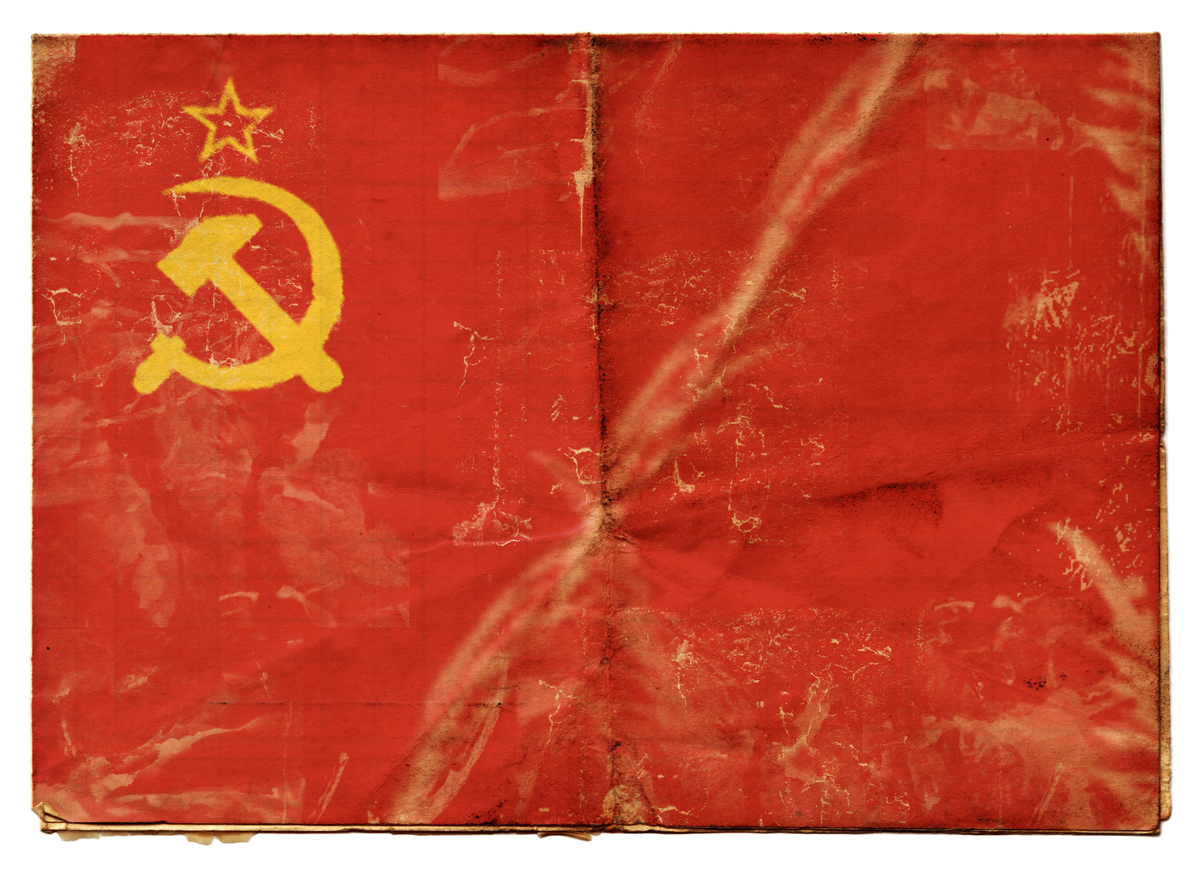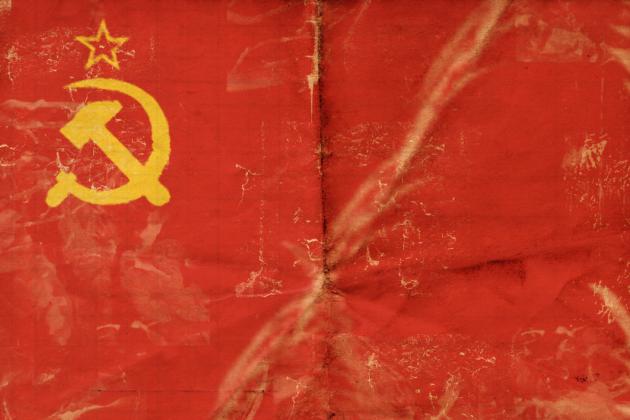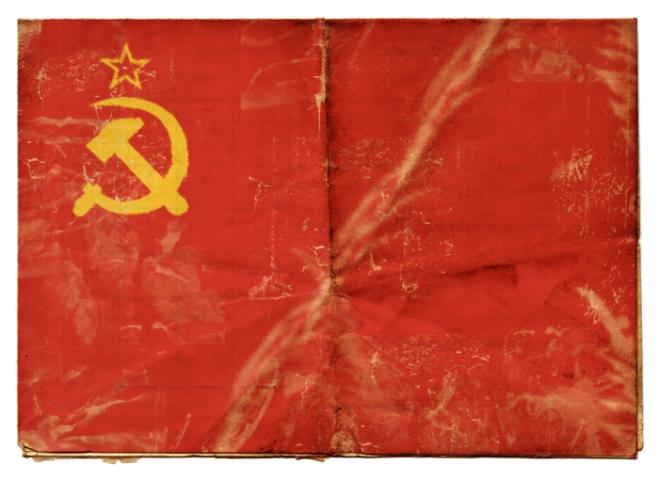With rising U.S.-PRC competition in the military, economic, and advanced technology domains, calls for trade restrictions on technological products have attracted bipartisan support in the U.S. and spurred attempts at international cooperation. A multilateral, targeted export control list on a finite number of products and intellectual property could most effectively defend American lead time in specific advanced technologies. Although Chinese firms and PRC agencies are generally more adept at incorporating advanced technology from the U.S. compared to the Soviet Union, similar organizational issues to those that plagued the U.S.S.R. hinder endogenous innovation and widespread absorption of imported technology in the PRC. Innovation in advanced technology has historically relied on human capital and a robust, open relationship of collaboration and competition among the public, private, and academic sectors. Limited, internationally coordinated export control lists can restrict access to particular technologies, but organizational structures that attract, maintain, and effectively manage talent are likely more significant in national technological dominance.
Read the paper: U.S. sensitive technology export controls toward China: lessons from the Soviet Union
















